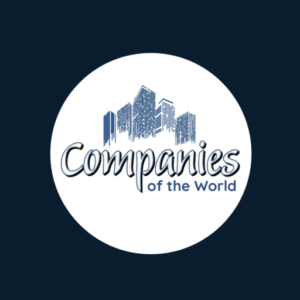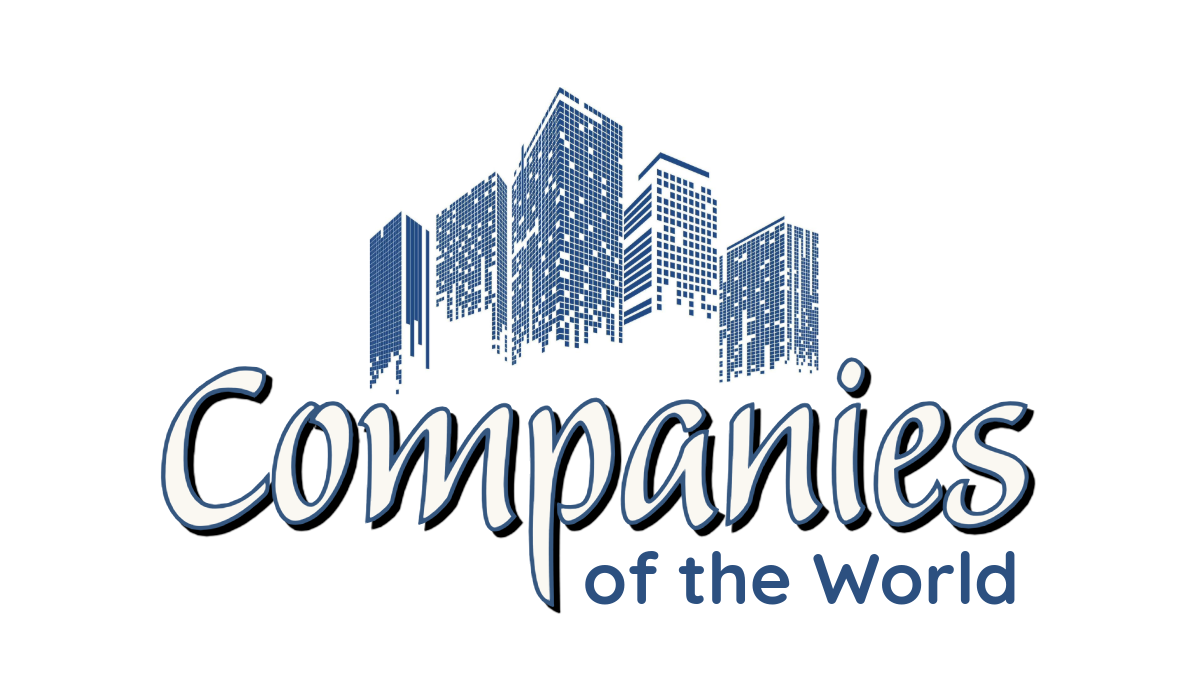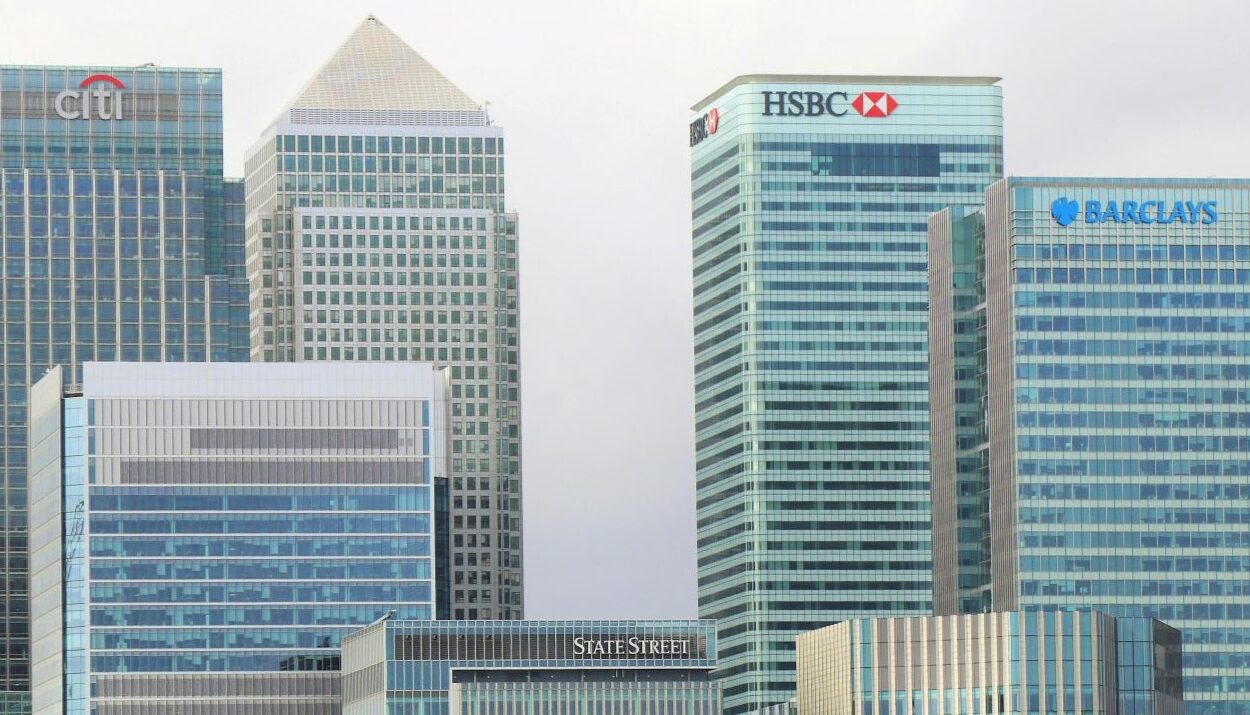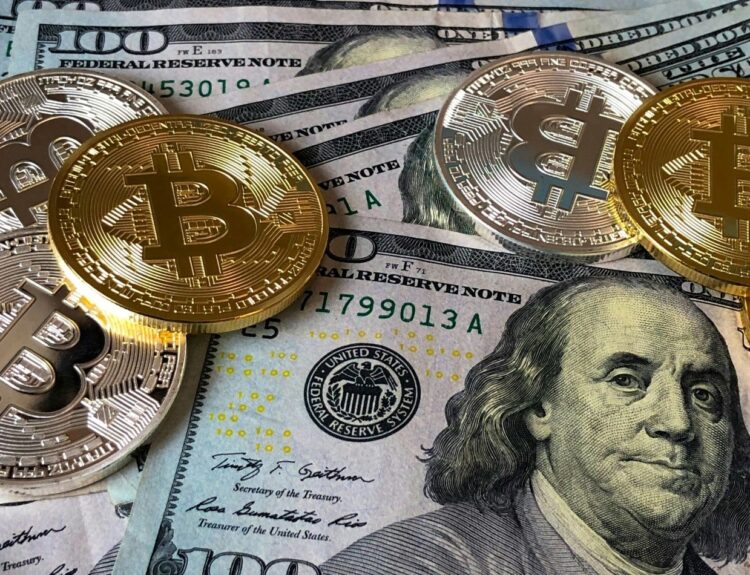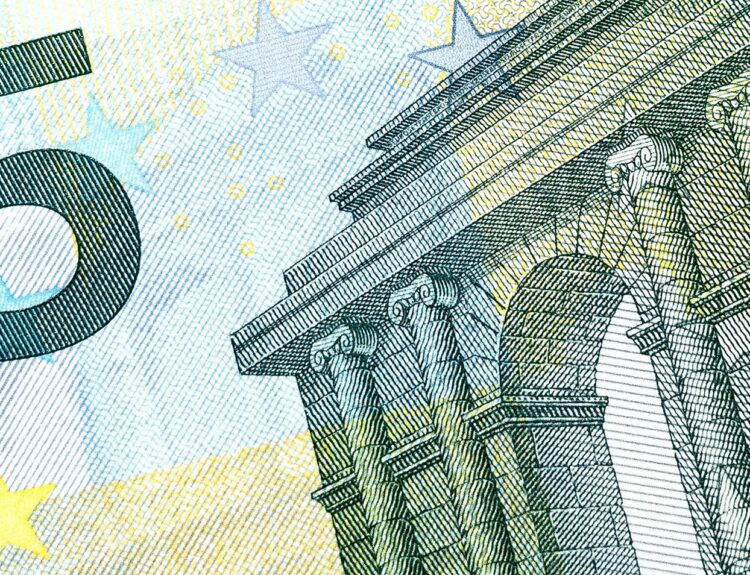In the global financial landscape, few entities wield as much power as the 10 biggest banks in the world.
Their stories are not just about money; they are about power, influence, and the constant evolution of the global financial system.
Amongst them, they hold assets worth $40.8 trillion, just $6 Trillion shy of the annual GDP of the USA and China combined.
The top 10 banks by asset base features 4 from China, 3 from the US, along with 1 each from the UK, France, and Japan.
For many years, Chinese banks, all majority-owned by the state, have been at the forefront of the biggest banks in the world by asset, boasting the biggest profits and primarily counting on China’s domestic market to drive their revenue.
Following closely are US banks, all publicly traded companies, boasting bigger valuations or market capitalizations than their Chinese counterparts.
Here are the biggest banks in the world by asset base:
1. Industrial and Commercial Bank of China (ICBC)
| Assets | $6.58 Trillion |
| Market Capitation | $215 Billion |
| 2023 Revenue | $223 Billion |
| Profit | $50 Billion |
| Number of employees | 420,000 |
The ICBC is a powerhouse in the banking industry, with an astonishing asset portfolio estimated at approximately $6.586 trillion as of mid-2024, making it the world’s biggest bank by assets.
In 2006 the bank raised over $21 billion in an IPO with dual listings in both the Hong Kong Stock Exchange and the Shanghai Stock Exchange markets. However, the Chinese government, through its investment entity Central Huijin Investment remains the majority shareholder.
Through strategic global acquisitions, the bank operates in over 40 countries with wholly-owned subsidiaries in the USA, Canada, Mexico, Asia, Europe, and South America. It also owns 20% of South Africa’s Standard Bank, Africa’s biggest bank by assets.
2. Agricultural Bank of China (ABC)
| Assets | $5.83 Trillion |
| Market Capitation | $170 Billion |
| 2023 Revenue | $194 Billion |
| Profit | $37 Billion |
| Number of employees | 468,000 |
Established in 1951 to foster rural development and support the agricultural sector, ABC has transformed into a multifaceted banking giant, broadening its range into various corporate and consumer banking services and products.
ABC has played a crucial role in funding various agricultural modernization projects throughout China, significantly aiding the sector’s progress. Nevertheless, the bank has encountered criticism for its participation in initiatives that have led to forced relocations and inadequate compensation for displaced rural populations.
While its expansion has largely been focused on domestic growth, ABC is now starting to venture into international markets, marking a new chapter in its growth strategy. Its operations have now expanded into various regions worldwide, including the Asia Pacific, the Middle East, Europe, and the Americas.
3. China Construction Bank (CCB)
| Assets | $5.4 Trillion |
| Market Capitation | $188 Billion |
| 2023 Revenue | $200 Billion |
| Profit | $47 Billion |
| Number of employees | 377,000 |
Founded in 1954 as the People’s Construction Bank of China, CCB has been instrumental in funding major urban development initiatives throughout China, contributing to extensive housing and infrastructure projects.
Nevertheless, the bank has faced criticism for its involvement in ventures that have led to significant environmental damage. To bolster its international footprint, CCB has actively engaged in strategic mergers and acquisitions, particularly within the Asian market, thereby reinforcing its status in the global banking sector.
It operates a network of 39 domestic branches with global branches in Tokyo, Frankfurt, Ho Chi Minh City, New York, Seoul, Hong Kong, Sydney, Singapore, and Johannesburg, and a wholly-owned subsidiary in London.
4. Bank of China (BOC)
| Assets | $4.66 Trillion |
| Market Capitation | $145 Billion |
| 2023 Revenue | $173 Billion |
| Profit | $32 Billion |
| Number of employees | 306,000 |
Founded in 1912, the Bank of China is among the oldest financial institutions in China and boasts a considerable international footprint.
Initially established in Hong Kong, it now conducts its financial market operations through five principal trading hubs: Beijing, Shanghai, Hong Kong, New York, and London. A key objective of the Bank of China is to uphold the stability of the currency’s value while fostering economic growth within the nation.
Majority-owned by the Chinese government through the Central Huijin Investment, the BOC has been instrumental in financing China’s international investments, especially in areas like Africa and South America, advancing the country’s global economic goals.
Nevertheless, the bank has encountered its share of controversies, including allegations of money laundering and involvement in several high-profile scandals.
5. JPMorgan Chase & Co.
| Assets | $4.09 Trillion |
| Market Capitation | $588 Billion |
| 2023 Revenue | $253 Billion |
| Profit | $50 Billion |
| Number of employees | 250,000 |
At $588 billion, JPMorgan Chase & Co is the biggest bank in the world by market capitalization.
In 1871, John Pierpont Morgan, fresh from a tour of Europe partnered with former banker, Anthony Drexel and created a private merchant partnership called ‘Drexel Morgan and Company.’ Which later become J.P. Morgan and Co.
Through massive investments flowing in from his European clients, JP Morgan financed much of America’s industrialization in the late 1800s and early 1900s.
J.P. Morgan channeled wealthy Europeans’ investments towards financing the railroad companies, consolidating small steel companies into US Steel, a 1 billion dollar capitalized giant, rolling out the electrification of America, and influencing the creation of titans like General Electric and AT&T.
The current bank is however just a fraction of the original J.P. Morgan having merged with the even bigger Chase Manhattan Bank in 2000 to form JPMorgan Chase then acquired Bear Stearns and Washington Mutual during the chaotic 2008 crisis.
The bank’s major shareholders are institutional giants; Vanguard Group and BlackRock.
6. Bank of America
| Assets | $3.27 Trillion |
| Market Capitation | $307 Billion |
| 2023 Revenue | $183 Billion |
| Profit | $25 Billion |
| Number of employees | 216,000 |
Bank of America was originally established in 1904 by A.P. Giannini as the Bank of Italy in San Francisco. He wanted to cater to immigrants and working-class individuals who were underserved by the traditional banking system at the time.
In 1930, the bank changed its name to Bank of America. In 1983, the bank acquired the Security Pacific National Bank, marking a major expansion into the national market.
The turn of the millennium brought further transformative changes. In 2004, Bank of America acquired FleetBoston Financial, a deal that extended its presence into the northeastern United States.
In the heat of the 2008 global financial crisis, Bank of America acquired Merrill Lynch in a $50 billion deal that effectively rescued the investment bank from imminent bankruptcy.
With a 13% ownership, Berkshire Hathaway Inc. is the top shareholder of Bank of America. The Vanguard Group, Blackrock, and State Street Corporation also have significant stakes in the bank.
7. HSBC Holdings
| Assets | $3 Trillion |
| Market Capitation | $166 Billion |
| 2023 Revenue | $144 Billion |
| Profit | $22 Billion |
| Number of employees | 221,000 |
Founded in Hong Kong by a Scottish shipyard worker, Thomas Sutherland in 1865, this British banking group has grown over its one-and-a-half-century history through numerous acquisitions.
It first acquired the British Bank of the Middle East and India’s Mercantile Bank in 1959. In 1965, it acquired the Chinese bank, Hang Seng then took full ownership of American bank, Marine Midland in 1987. It expanded further in 1992 when it acquired Midland Bank in the UK.
Predominantly owned by major institutional investors such as Ping An Insurance, BlackRock, and The Vanguard Group, HSBC is now a global bank with branches in 62 countries.
8. BNP Paribas
| Assets | $2.86 Trillion |
| Market Capitation | $89 Billion |
| 2023 Revenue | $157 Billion |
| Profit | $11 Billion |
| Number of employees | 190,000 |
BNP was formed in 1966 following a merger between Banque Nationale pour le Commerce et l’Industrie and Banque Nationale de Crédit.
In 2000, BNP merged with Paribas, another leading French bank originally established in 1872, to form BNP Paribas.
In 2006, the bank expanded its footprint in the U.S. market by acquiring the BancWest Corporation, a move that significantly increased its presence in North America. It would further enhance its position in Europe with the acquisition of Fortis Bank, a major Dutch-Belgian financial institution, in 2010.
Major shareholders in the bank include European, and Non-European Institutional Investors, the Belgian State, and major asset managers like BlackRock Inc and Amundi.
9. Mitsubishi UFJ Financial Group (MUFG)
| Assets | $2.67 Trillion |
| Market Capitation | $117 Billion |
| 2023 Revenue | $74 Billion |
| Profit | $10 Billion |
| Number of employees | 140,000 |
Mitsubishi UFJ Financial Group, known as MUFG, is a cornerstone of Japan’s financial landscape, with a rich history that reflects both its deep roots and its evolution into one of the biggest banks in the world.
Established as Mitsubishi Bank in 1919, it merged with the Bank of Tokyo in 2001 to form the Bank of Tokyo-Mitsubishi. In 2005, the Bank of Tokyo-Mitsubishi further strengthened its position by merging with UFJ Bank, leading to the formation of Mitsubishi UFJ Financial Group.
MUFG continued to expand its reach through the 2008 acquisition of a 21% stake in Morgan Stanley.
10. Citigroup
| Assets | $2.43 Trillion |
| Market Capitation | $122 Billion |
| 2023 Revenue | $164 Billion |
| Profit | $7.8 Billion |
| Number of employees | 239,000 |
Citigroup traces its origins to the establishment of the City Bank of New York in 1812. In 1955, a landmark merger between City Bank and the First National Bank of New York resulted in the creation of the First National City Bank, a major turning point in its history.
The most significant transformation, however, came in 1998 when Citicorp, the holding company for Citibank, merged with Travelers Group, a leading insurance and financial services conglomerate to form Citigroup.
The major shareholders of Citigroup have included a mix of mutual funds, private equity firms, and large institutional investors like BlackRock and institutional investors the Vanguard Group.
